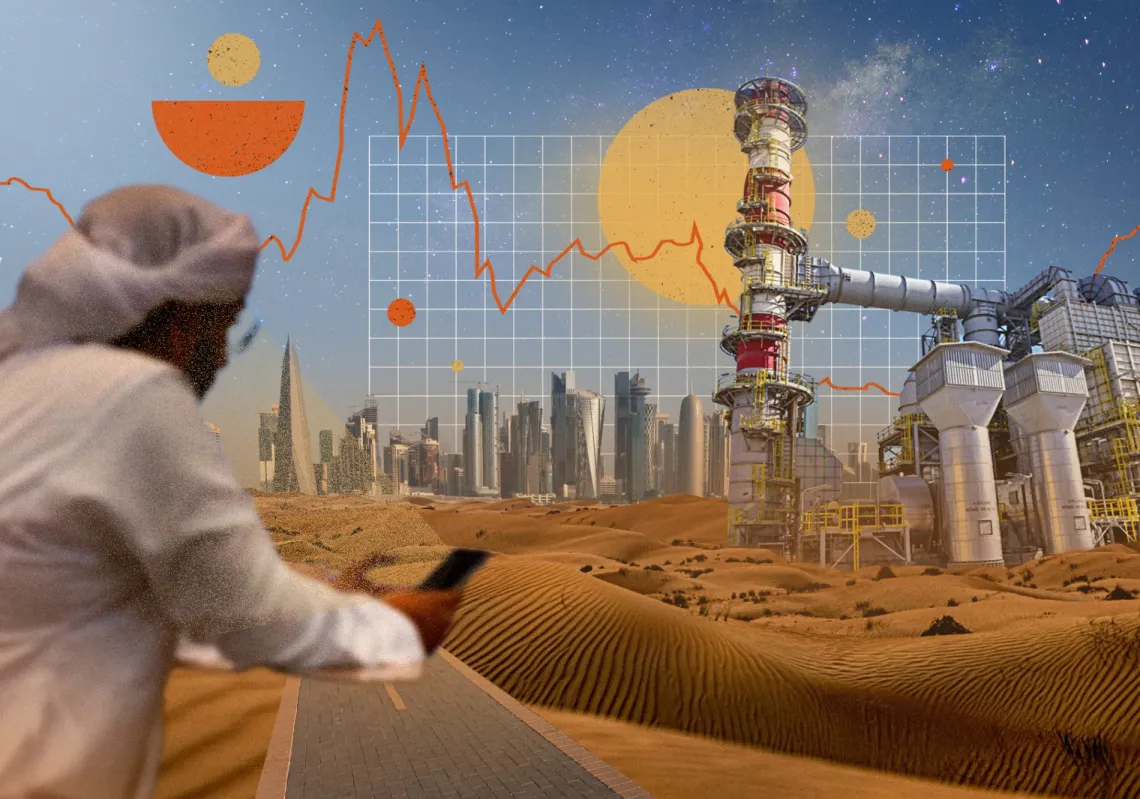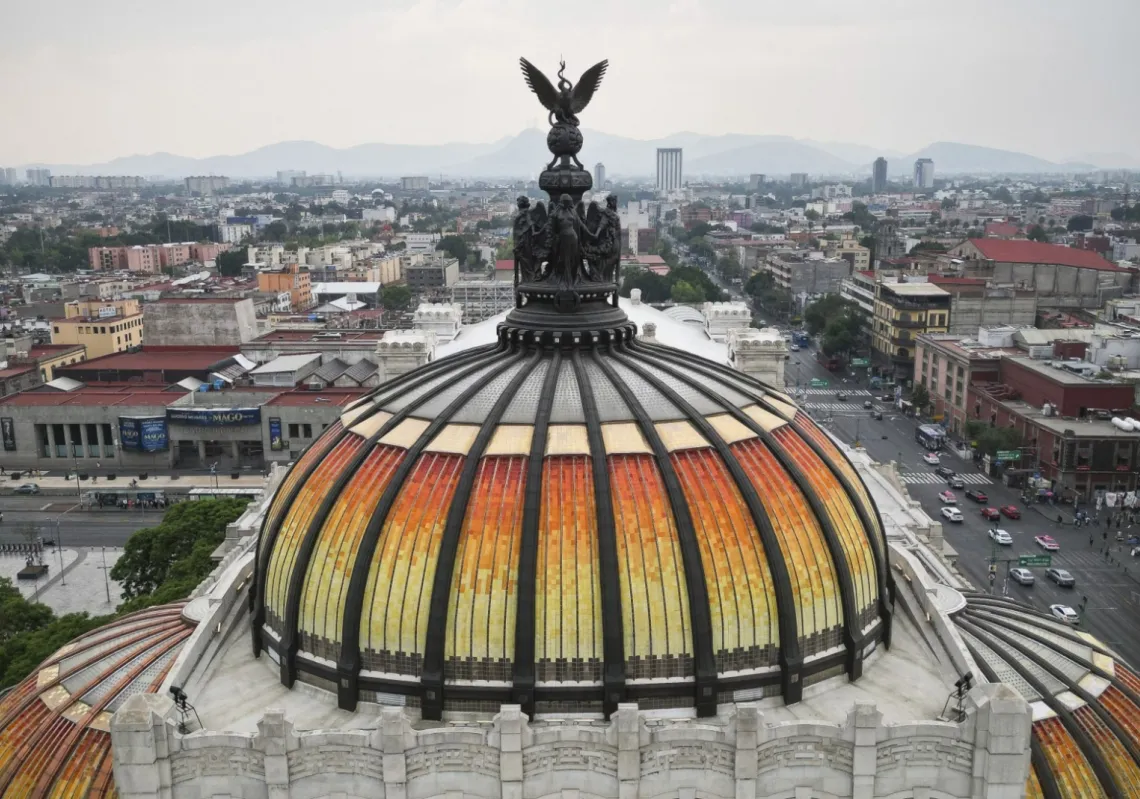A combination of military attacks, geopolitical tension, and the effects of a changing climate have given sleepless nights to those who worry about trade routes.
A logistical ‘perfect storm’ has led to concerns about many of the world’s most important pinch-points, including the Suez Canal, the Panama Canal, and the Taiwan Strait. Trade has already dropped off substantially at some.
Houthi rebel attacks against ships approaching the Red Sea have led to a 40% fall in trade volumes through the Suez Canal, one of the world’s busiest man-made shipping lanes.
Meanwhile, drought conditions in Panama have caused both water levels and trade volumes to drop, the latter down 30% since November.
To the east, China’s threats to Taiwan have not abated following the recent election of a pro-independence Taiwanese premier, stoking new fears of a conflict.
A careful choreography
Across the world today, global trade is an intricate logistical dance that needs to be carefully choreographed. Disruption means that supply chains can face a lot of problems very quickly.
Trade routes are logistical networks, a series of pathways and stoppages used for the commercial transport of cargo. When there are problems, those stoppages can become blockages. If goods don’t arrive on time, that affects production and sales.
Some analysts think of trade routes as arteries carrying the lifeblood of container ships loaded with goods around the world.
Every year, banks provide between $6.5tn and $8tn in finance to help importers and exporters facilitate trade while goods are in transit.













